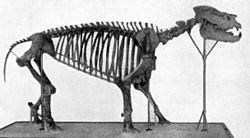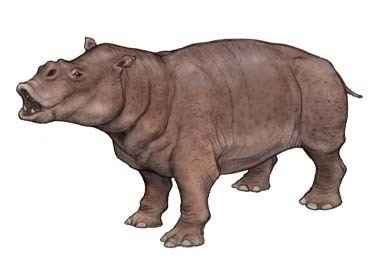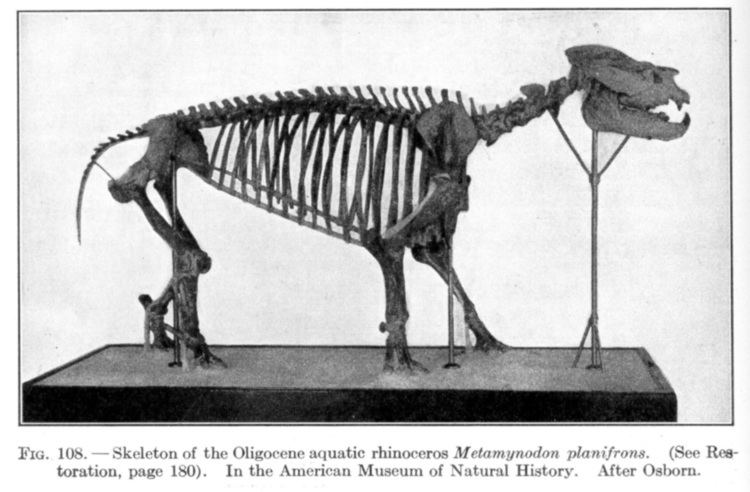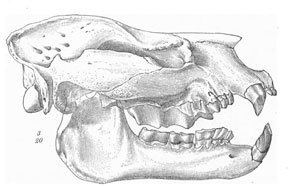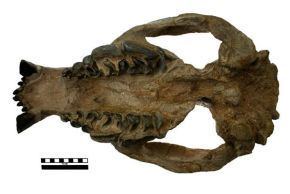Rank Genus | Phylum Chordata Order Odd-toed ungulate | |
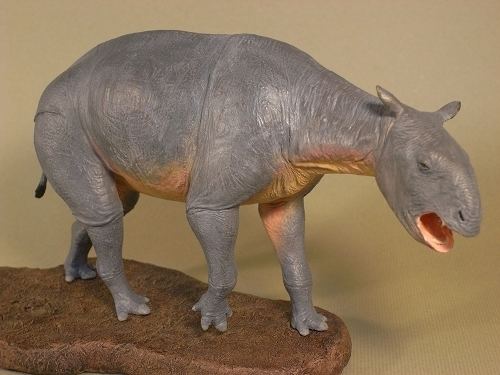 | ||
Similar Amynodontidae, Hyracodon, Odd‑toed ungulate, Trigonias, Hyrachyus | ||
Metamynodon is an extinct genus of amynodont perissodactyls whose known species lived in North America (White River Fauna) and Eurasia during the early Oligocene to the Miocene, although the questionable inclusion of M. mckinneyi could extend their range back in time, to the Middle Eocene. The various species were large, displaying a suit of semiaquatic adaptations similar to those of the modern hippopotamus despite their closer affinities with rhinoceroses.
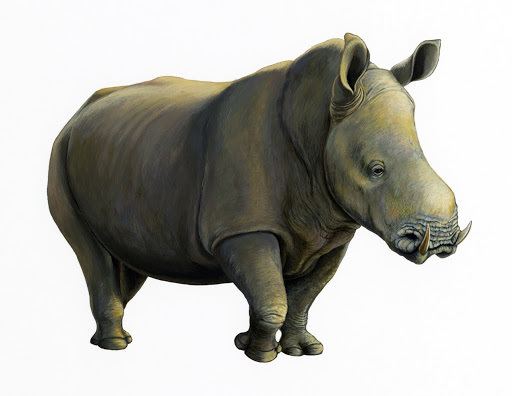
Characteristics
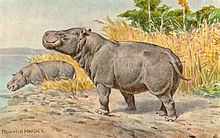
Metamynodon planifrons, the largest species, was about 4 metres (13 ft) in body length with a weight up to 1.99 tons, and, although it was distantly related to the modern rhinoceros, looked more like a hippopotamus. Its front legs had four toes instead of the three found in modern rhinos. Although it was a herbivore (as indicated by its teeth), its skull had a bony ridge typically associated with carnivorous mammals. It probably fed on tough plant material, and the jaw muscles were attached to this ridge. Metamynodon would have used its enlarged canines to search for food in river banks, and may also have had highly flexible lips. Its eyes were placed high on the skull, meaning that it would have been able to see while almost fully submerged, much like a hippopotamus or crocodile.
